Home>Dining>Table Decor>How Much Fabric Do I Need For Table Runners
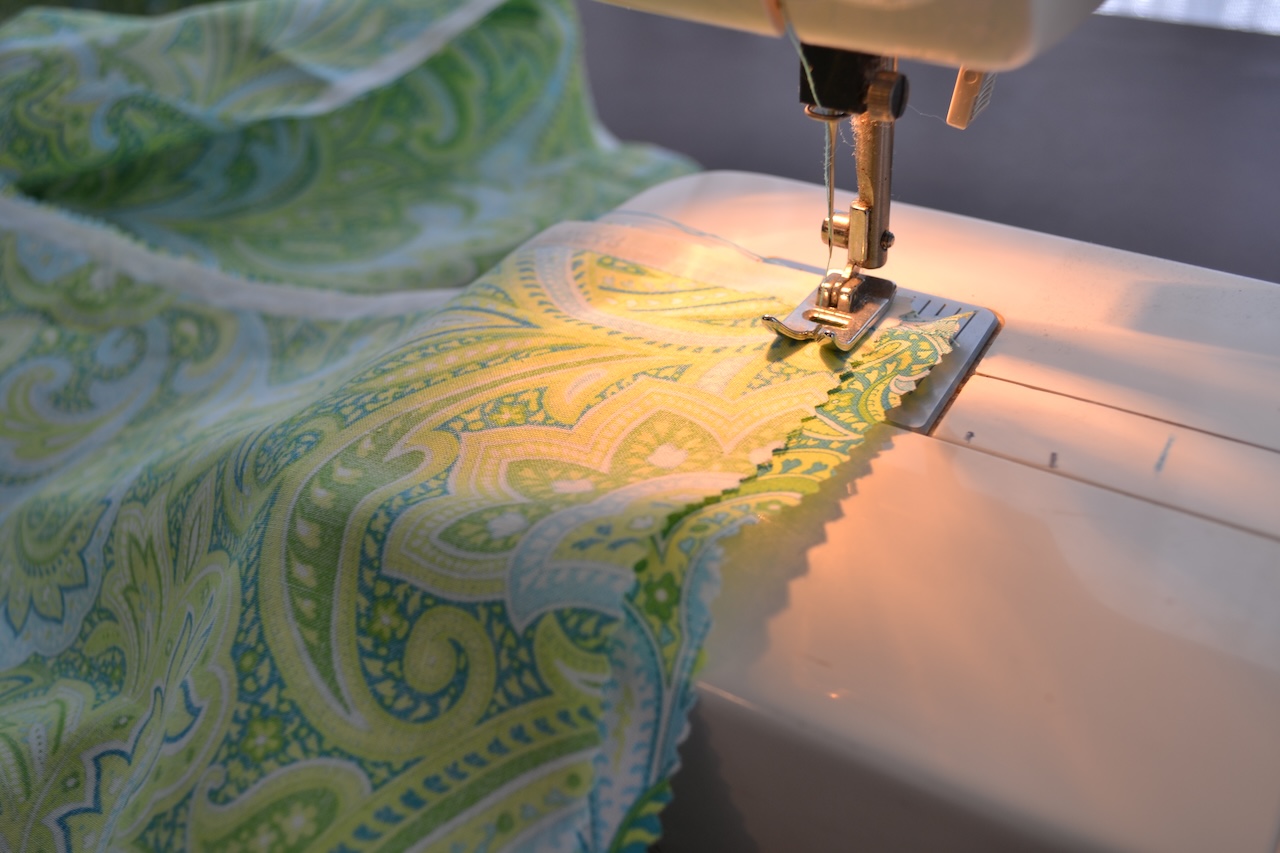

Table Decor
How Much Fabric Do I Need For Table Runners
Modified: January 5, 2024
Discover how much fabric you need for table runners and create stunning table decor. Get tips and measurements for your next project.
(Many of the links in this article redirect to a specific reviewed product. Your purchase of these products through affiliate links helps to generate commission for Storables.com, at no extra cost. Learn more)
Introduction
Welcome to the world of table decor! When it comes to creating a beautiful table setup, one important element to consider is table runners. Table runners add flair, style, and a touch of elegance to any tabletop, whether for a formal dinner party or a casual gathering with loved ones.
But how do you determine how much fabric you need for your table runners? Don’t worry – we’ve got you covered! In this article, we’ll guide you through the process of calculating the necessary fabric for your table runners based on their size, the width of the fabric, and other important factors. So, let’s dive in and discover the secrets to creating stunning table runners that will impress your guests!
Key Takeaways:
- Calculate fabric for table runners by measuring table dimensions, adding extra for hemming, and considering patterned fabric. Create stunning table decor with the right amount of fabric and personal style.
- Achieve visually captivating table settings by choosing fabric width, considering pattern scale and placement, and harmonizing colors. Unleash creativity and elevate tablescapes with the perfect table runners!
Read more: How Much Fabric Do I Need For A Blanket
Determining the Size of Table Runners
The first step in calculating the amount of fabric you need for your table runners is to determine their size. Table runners come in various lengths and widths, depending on your table’s dimensions and the desired look you want to achieve.
Start by measuring the length of your table. To create a visually pleasing look, table runners should typically be about half the length of the table, leaving space on each end for decorative accents or place settings. For example, if your table is 72 inches long, a table runner that is approximately 36 inches long would be a good choice.
Next, consider the width of your table. Table runners are typically narrower than the width of the table, allowing some of the table surface to show on each side. A common rule of thumb is to choose a table runner that is around 1/3 to 1/2 the width of the table. For example, if your table is 30 inches wide, a table runner that is 10 to 15 inches wide would work well.
Keep in mind that these are general guidelines, and you can adjust the length and width of the table runner according to your personal preferences and the overall theme of your table decor.
Calculating the Amount of Fabric Needed
Once you have determined the size of your table runners, it’s time to calculate the amount of fabric needed to bring your vision to life. To do this, you will need to consider both the length and width of the fabric.
To calculate the length of fabric needed for your table runner, add the desired length of the runner, plus a few extra inches for hemming and finishing. For example, if your table runner needs to be 36 inches long, you might add an extra 4 inches for hemming, resulting in a total length of 40 inches.
Next, consider the width of the fabric. Most fabrics come in standard widths, such as 45 inches or 60 inches. Determine the width that best fits your table runner’s dimensions. If your table runner needs to be 12 inches wide, for example, and you are buying fabric that is 45 inches wide, you will need to purchase enough fabric to get the desired width.
To calculate the total amount of fabric needed, multiply the length and width of the fabric in inches. Using the above example, 40 inches (length) multiplied by 12 inches (width) equals 480 square inches of fabric needed for the table runner.
Keep in mind that this calculation assumes the fabric will be used in a single layer. If you prefer a more layered or draped look, you may need to double the amount of fabric.
Also, it’s a good idea to add a little extra fabric to your calculation to account for any mistakes, pattern matching, or future use. Adding 10-15% extra fabric is a common recommendation to ensure you have enough.
Now that you have the total amount of fabric needed, it’s time to consider the width of the fabric.
Choosing the Fabric Width
When it comes to choosing the width of the fabric for your table runners, there are a few factors to consider. The width of the fabric can impact the final look and drape of your table runner, so it’s important to select the appropriate width for your design.
Standard fabric widths are usually 45 inches, 54 inches, or 60 inches, although wider fabrics are also available. The width of the fabric you choose will depend on the desired width of your table runner and the overall aesthetic you want to achieve.
If your table runner needs to be relatively narrow, such as 10 to 12 inches wide, a fabric width of 45 inches may be sufficient. This width allows for enough fabric to create the desired width while minimizing waste. However, if you are looking to create a wider table runner, you may need to opt for a wider fabric width, such as 54 or 60 inches.
Keep in mind that the fabric width you choose will also affect the cutting and sewing process. If you are working with a narrower fabric width, you may need to seam multiple pieces of fabric together to achieve the desired width. This adds an extra step in the construction process, so consider the level of complexity you are comfortable with before making your fabric selection.
Another factor to consider when choosing the fabric width is the availability of prints and patterns. Certain fabrics may have a limited selection of widths, especially if you are looking for a specific pattern or design. In such cases, you may need to be flexible with the width of your table runner to accommodate the available fabric options.
Ultimately, the choice of fabric width is a personal preference and should align with your vision for the table runner. Consider the desired width, the availability of prints, and your comfort level with sewing techniques to make an informed decision.
Now that you have the fabric width figured out, let’s move on to adding extra length for hemming and finishing.
To determine how much fabric you need for a table runner, measure the length and width of your table and add 12 inches to each measurement for overhang. Multiply the total by the number of runners you plan to make.
Adding Extra Length for Hemming and Finishing
When creating your table runners, it’s essential to account for the extra length needed for hemming and finishing. Hemming ensures clean edges and prevents fraying, while finishing adds a professional touch to your table runner.
The amount of extra length you should add for hemming and finishing will depend on your sewing preferences and the type of fabric you are working with. As a general guideline, adding 1 to 2 inches to each end of the table runner should be sufficient.
For example, if your table runner needs to be 40 inches long, you would add an extra 2 inches to each end, resulting in a total length of 44 inches. This extra fabric allows for folding and sewing a neat hem on both ends.
Remember, if you plan on adding decorative trims, tassels, or other embellishments to your table runner, you may need to account for additional length to accommodate these elements. Be sure to plan ahead and factor in the necessary extra fabric.
Adding the extra length for hemming and finishing also ensures that you have some room for any potential mistakes or adjustments during the sewing process. It’s always better to have a little extra fabric to work with than to fall short and be unable to complete your table runner.
Now that you have determined the extra length needed for hemming and finishing, it’s time to consider some additional factors when working with patterned fabrics.
Factors to Consider for Patterned Fabrics
Patterned fabrics can add a unique and eye-catching element to your table runners. However, working with patterned fabrics requires some additional consideration to ensure a cohesive and visually pleasing result.
Firstly, pay attention to the scale of the pattern. If you choose a fabric with a large-scale pattern, you may need to adjust the width and length of your table runner to showcase the pattern effectively. It’s important to visualize how the pattern will look once the fabric is cut and sewn into a table runner shape.
Next, consider pattern placement and matching. If your fabric has a repetitive pattern, you may want to match the pattern along the length of the table runner. This can create a seamless and professional-looking finished product. However, keep in mind that pattern matching may require more fabric, as you may need to account for extra fabric to align the pattern correctly.
If you’re working with fabric that has a directional pattern, such as stripes or motifs, be mindful of how the pattern will flow along the length of the table runner. You may need to adjust the direction of the pattern or cut the fabric in a specific way to achieve the desired look.
It’s also essential to consider the color scheme of the patterned fabric and how it complements the overall table decor. Take into account the colors of your tableware, linens, and other elements on the table. Harmonizing the colors will create a cohesive and visually appealing table setting.
Lastly, consider the repeat of the pattern. Some patterns have a large repeat, meaning that the pattern motifs are spaced far apart. This can result in more fabric being needed to match the pattern along the length of the table runner. Conversely, fabrics with a small repeat may require less fabric, as the pattern motifs are closely grouped together.
By considering these factors and planning ahead when working with patterned fabrics, you can create stunning table runners that showcase the beauty of the fabric and enhance your table settings.
Now that you have a better understanding of the factors to consider when working with patterned fabrics, let’s wrap up our guide to calculating fabric for table runners.
Conclusion
Creating table runners that beautifully accentuate your table decor is an art form. By following the guidelines outlined in this article, you now have the knowledge to calculate the amount of fabric needed for your table runners with ease and precision.
Remember to determine the size of your table runners based on the dimensions of your table, and consider the desired length and width for a visually balanced look. Calculate the amount of fabric needed by factoring in the length and width, and don’t forget to add extra length for hemming and finishing.
When choosing the fabric width, take into account the desired width of the table runner, the availability of prints and patterns, and your comfort level with sewing techniques. Adding extra fabric for pattern matching and adjustments is crucial for working with patterned fabrics.
Ultimately, the goal is to create stunning table runners that enhance your table settings and leave a lasting impression on your guests. By paying attention to the details and planning ahead, you can achieve table decor that is both visually captivating and functional.
So go ahead, unleash your creativity, and have fun experimenting with different fabrics, patterns, and styles to craft the perfect table runners for any occasion. With the right amount of fabric and a touch of your personal style, you’ll elevate your tablescapes to new heights!
Happy decorating!
Frequently Asked Questions about How Much Fabric Do I Need For Table Runners
Was this page helpful?
At Storables.com, we guarantee accurate and reliable information. Our content, validated by Expert Board Contributors, is crafted following stringent Editorial Policies. We're committed to providing you with well-researched, expert-backed insights for all your informational needs.
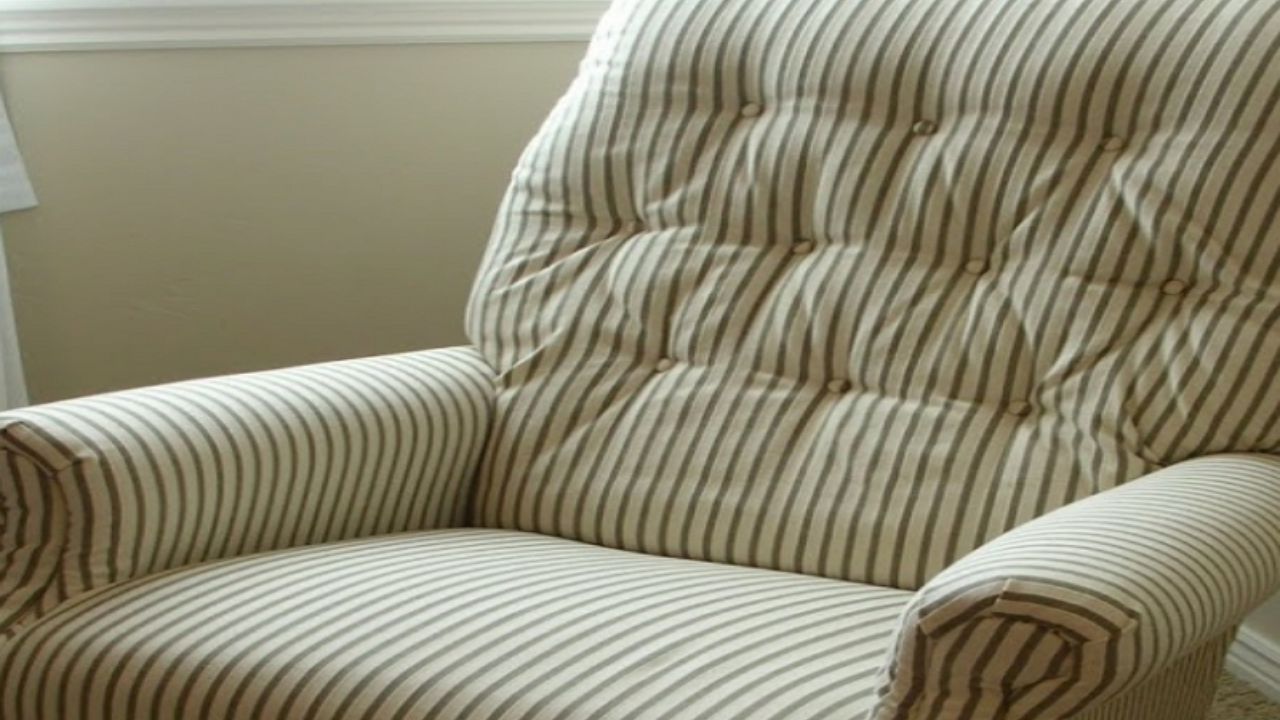
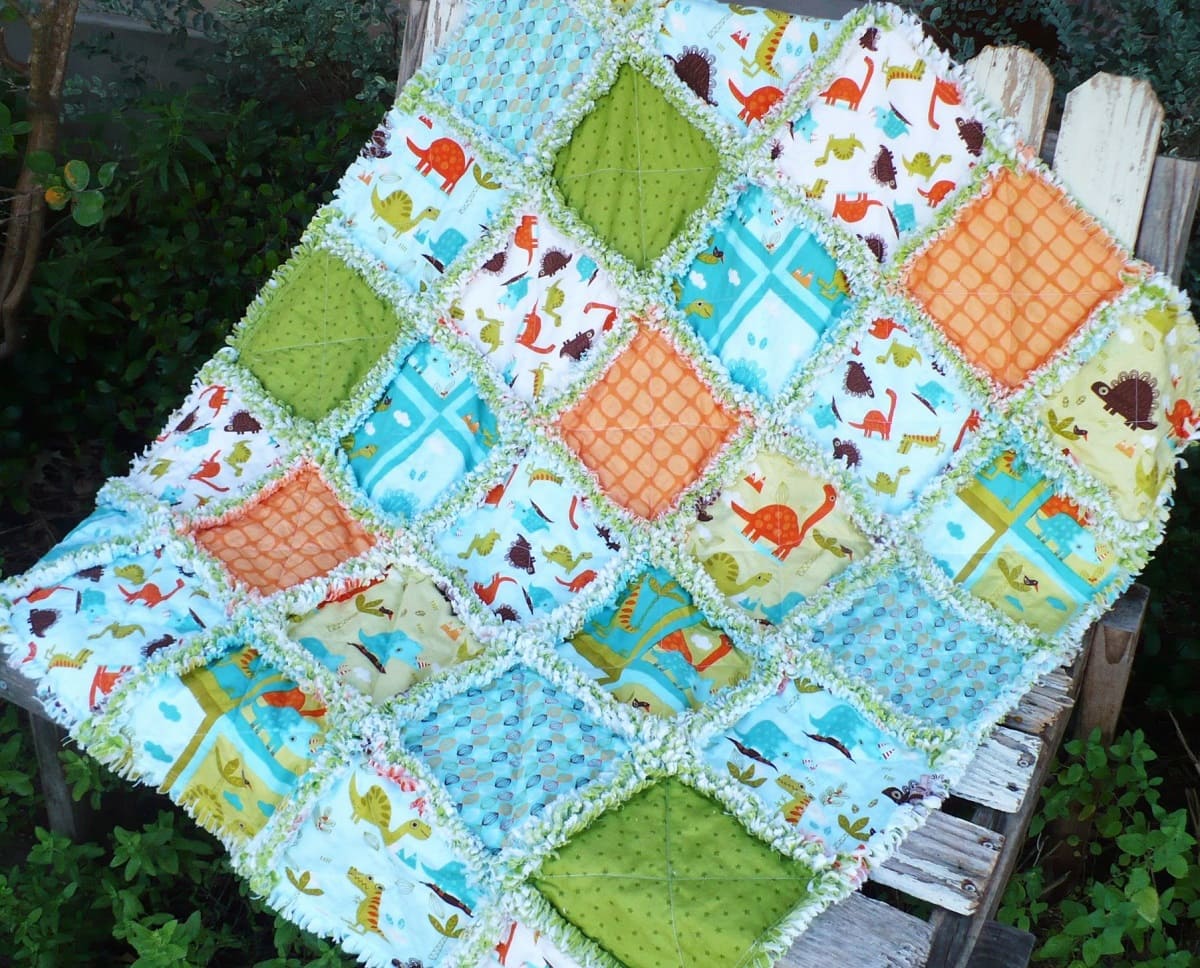
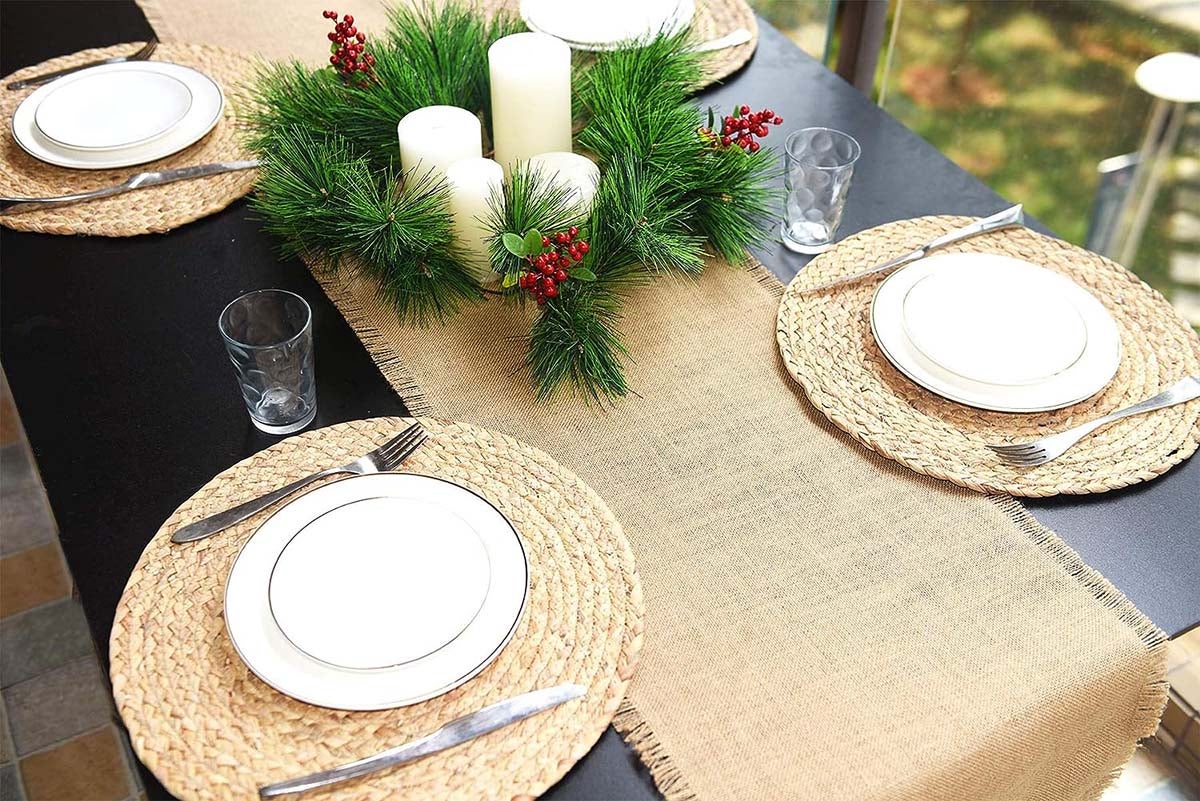
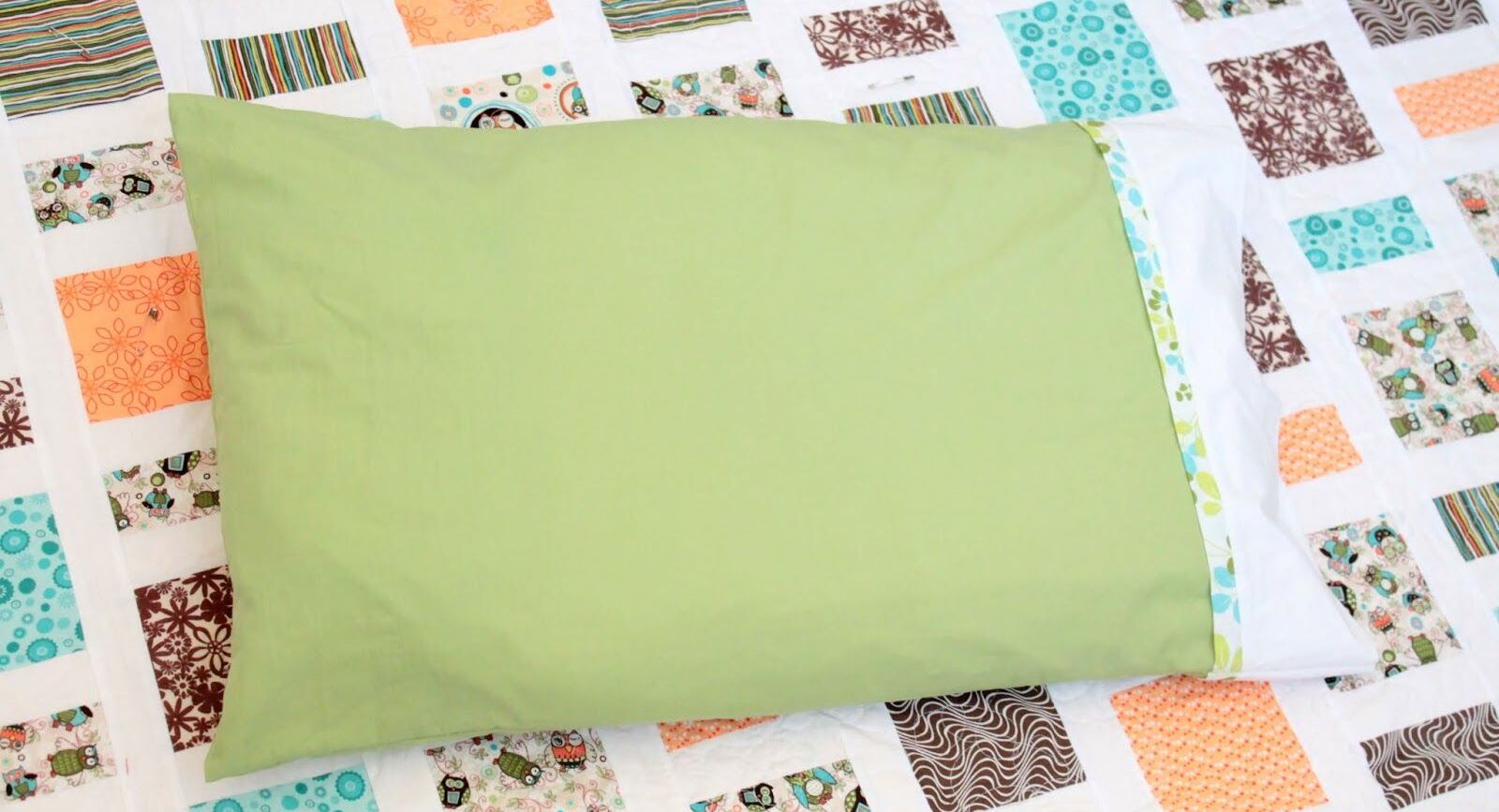
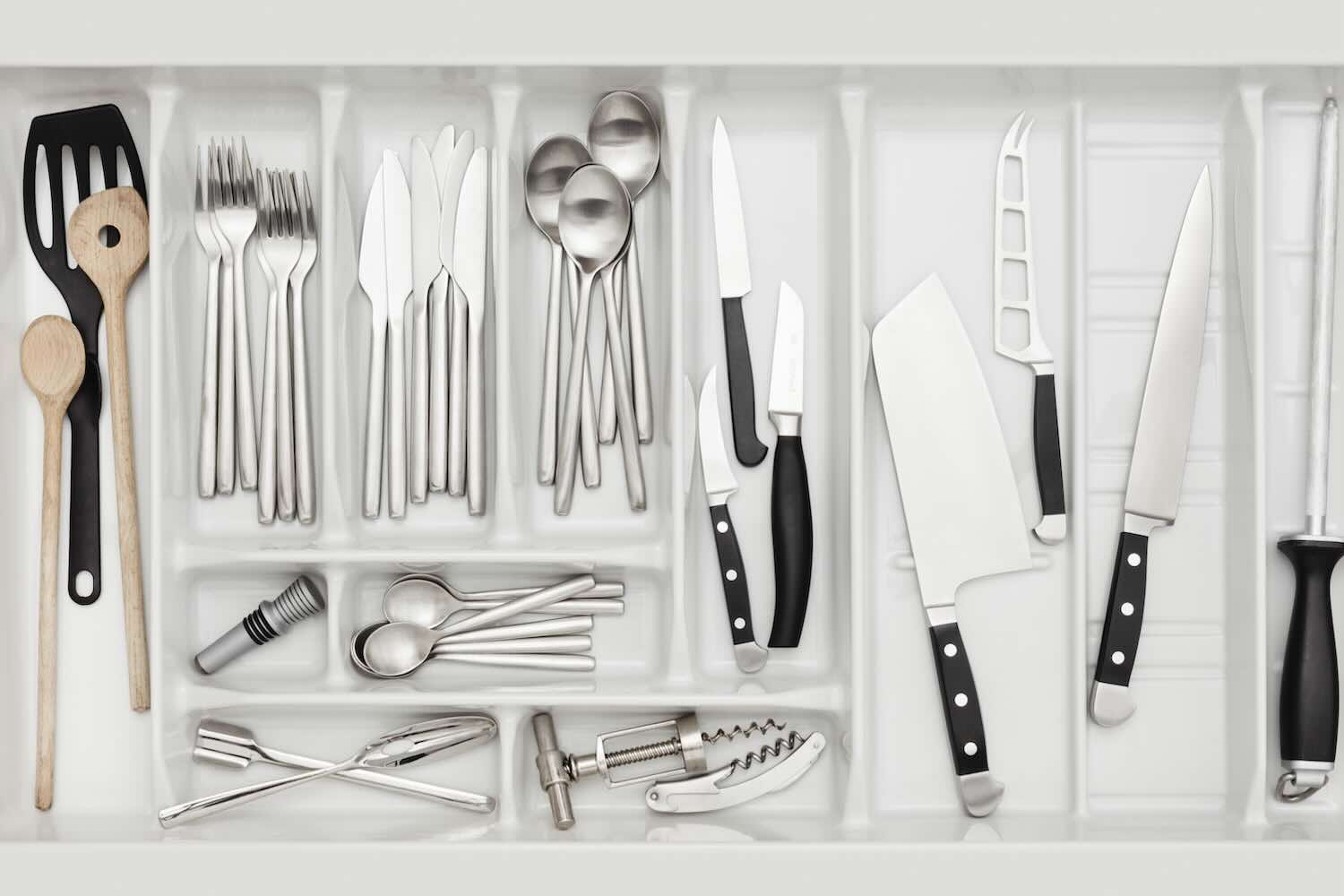
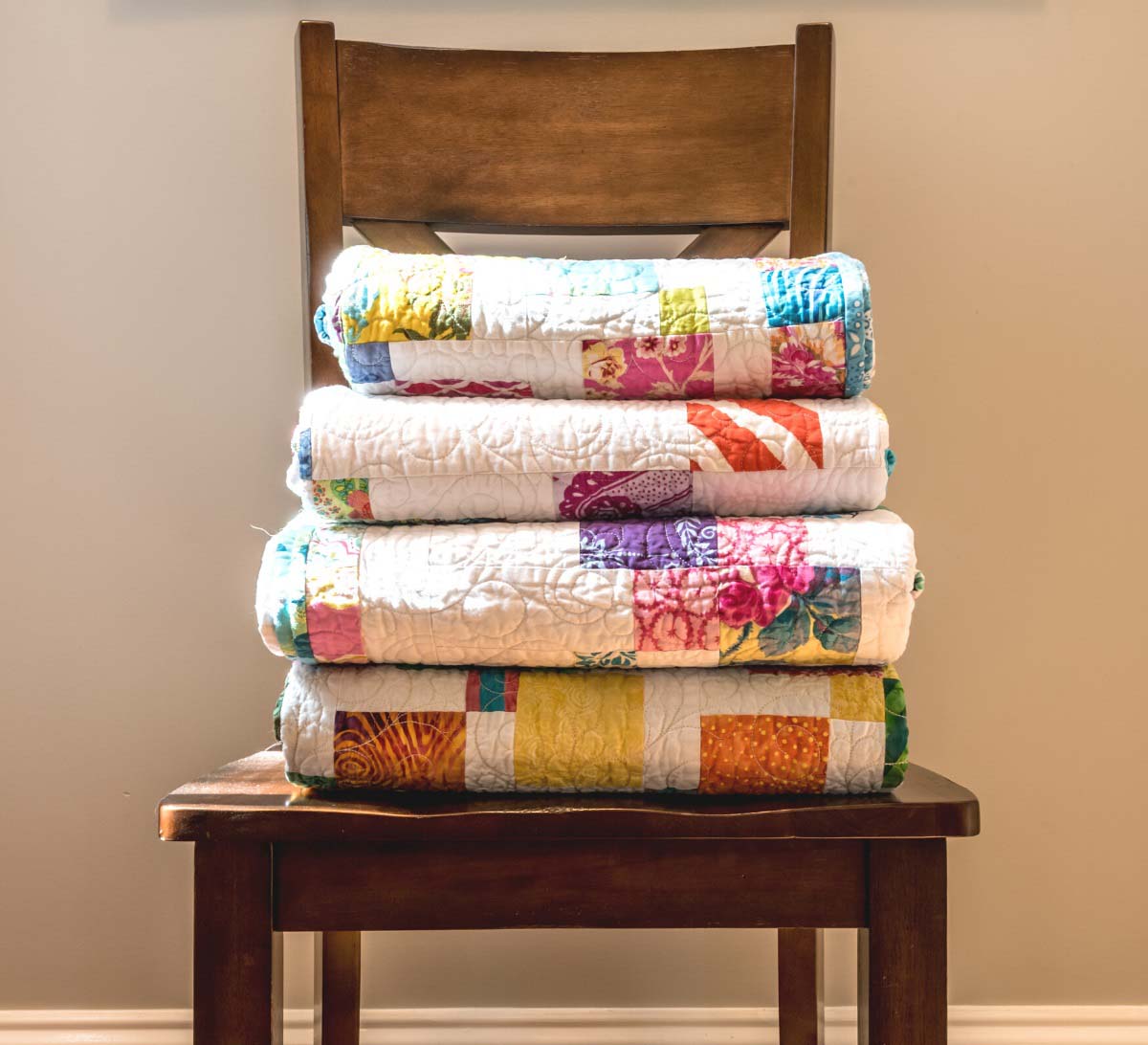
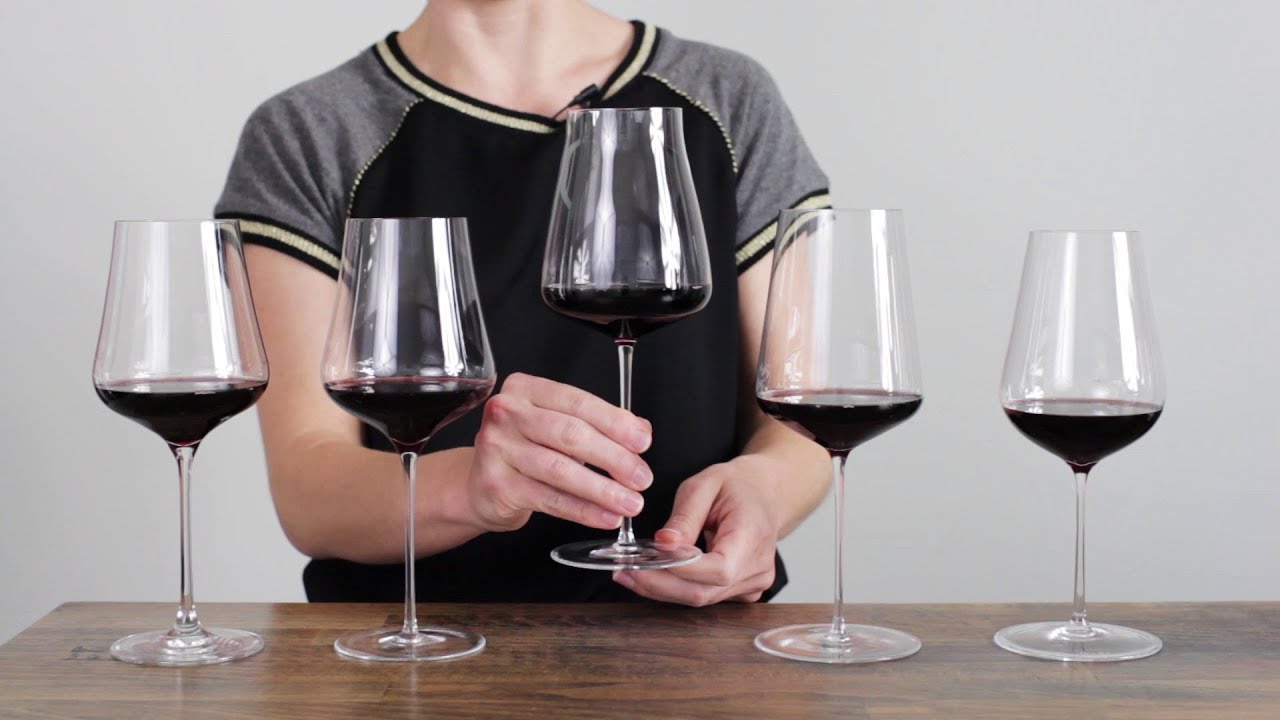

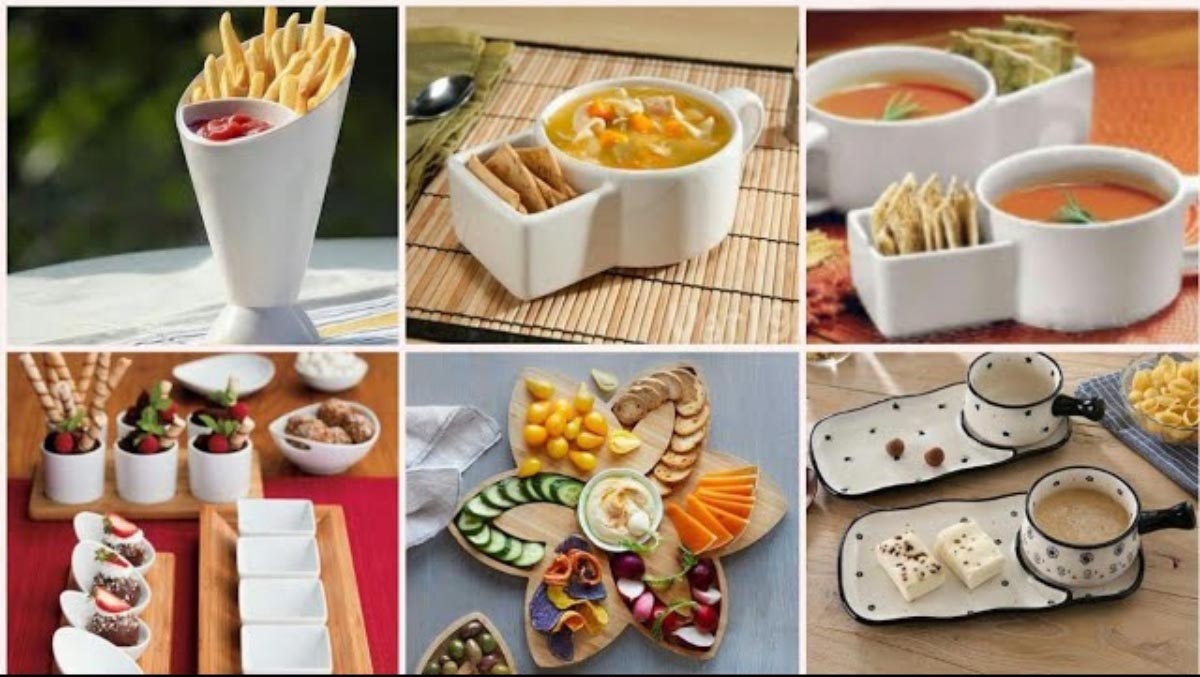

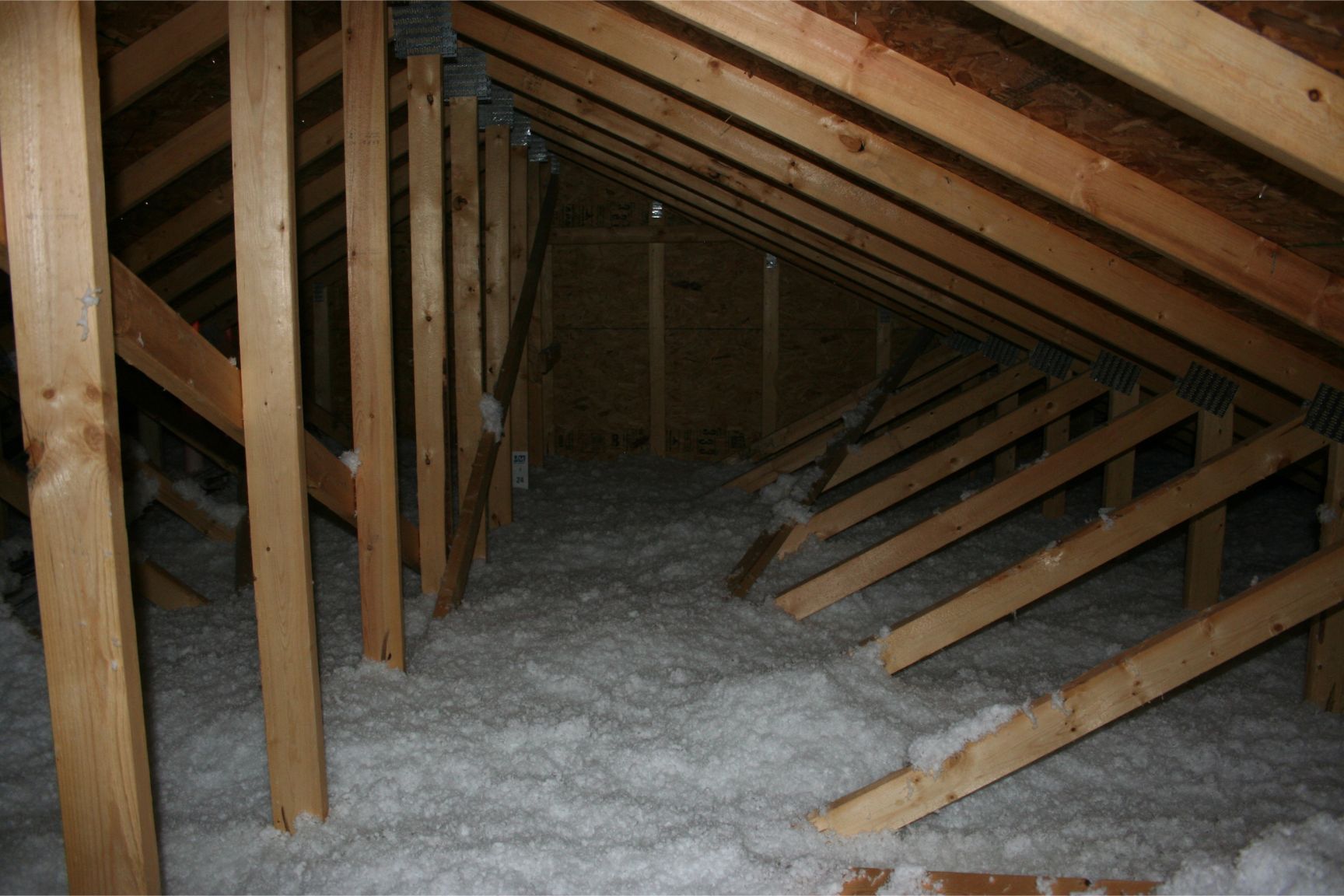
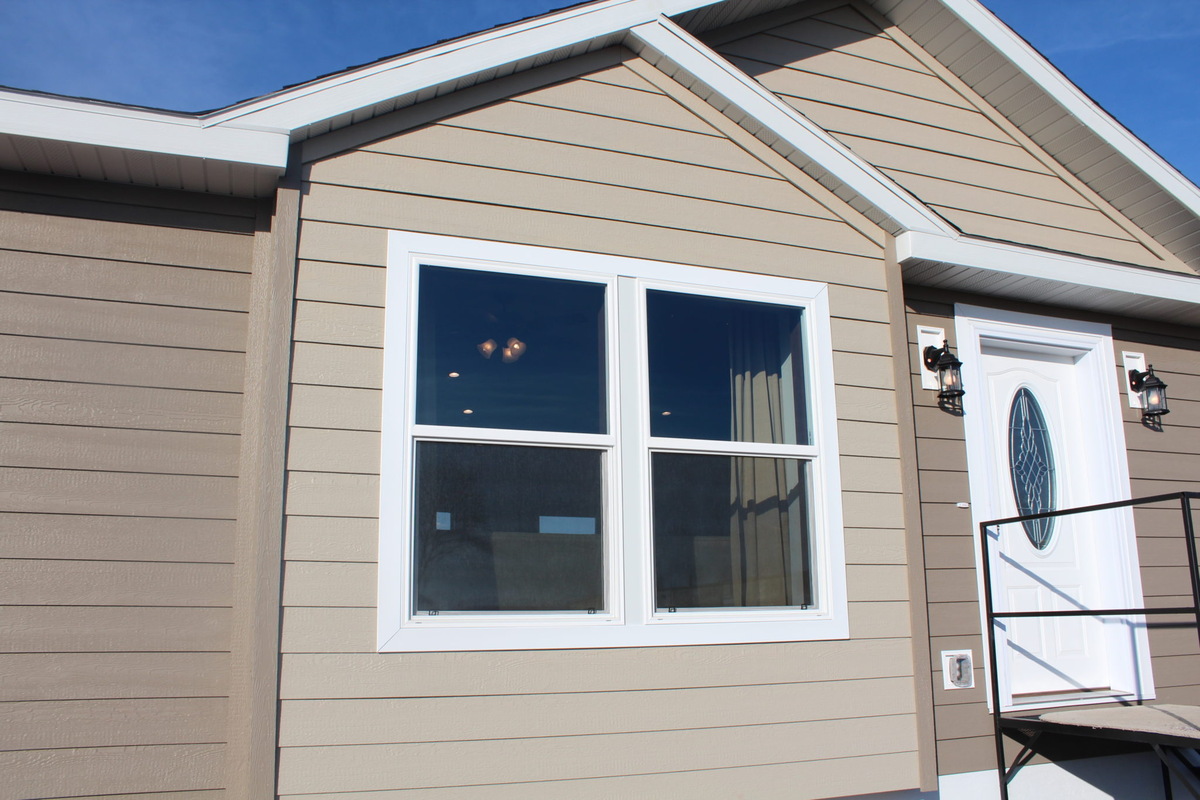
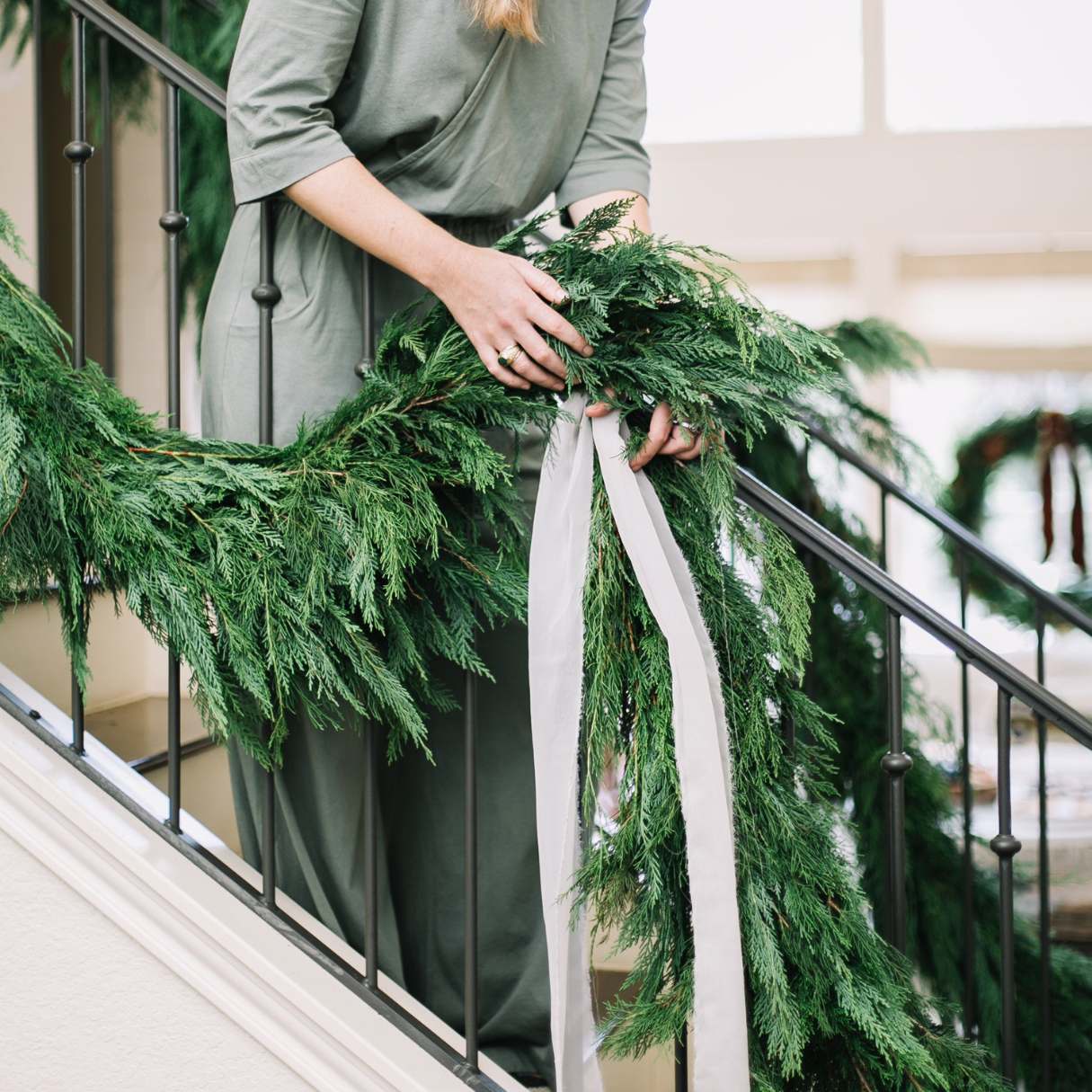
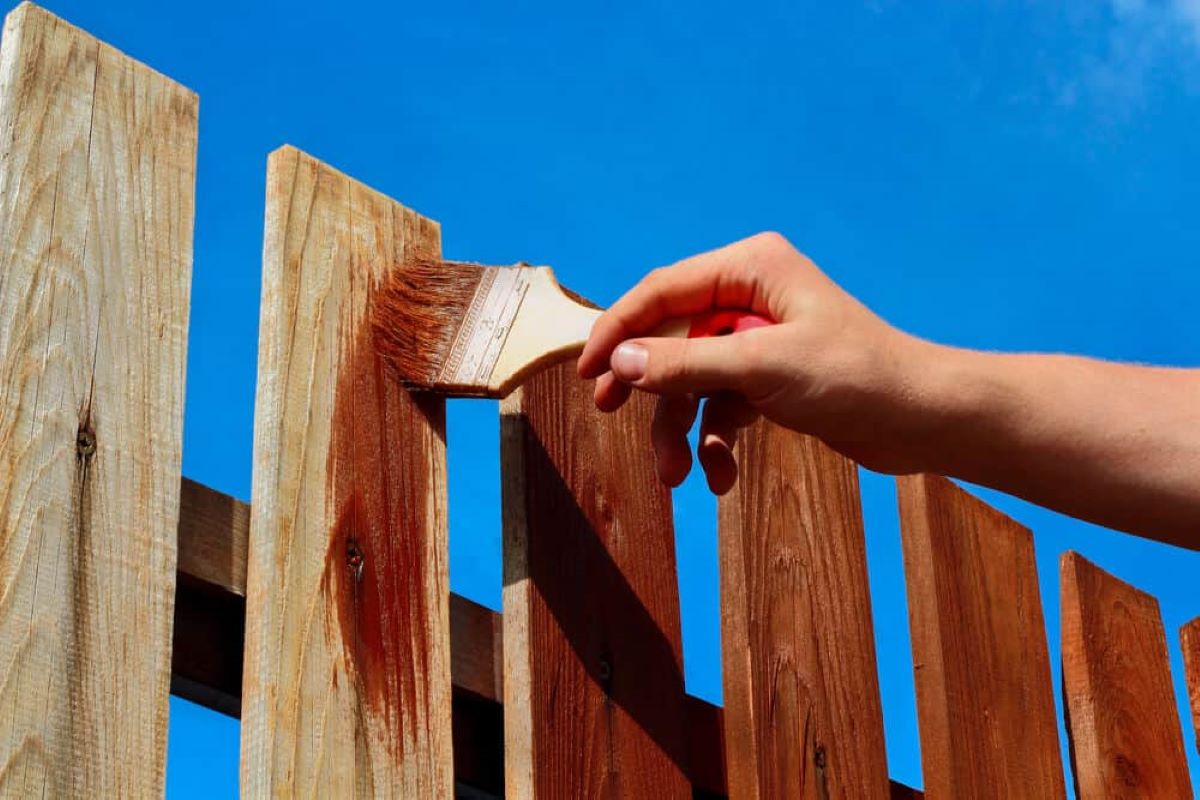

0 thoughts on “How Much Fabric Do I Need For Table Runners”